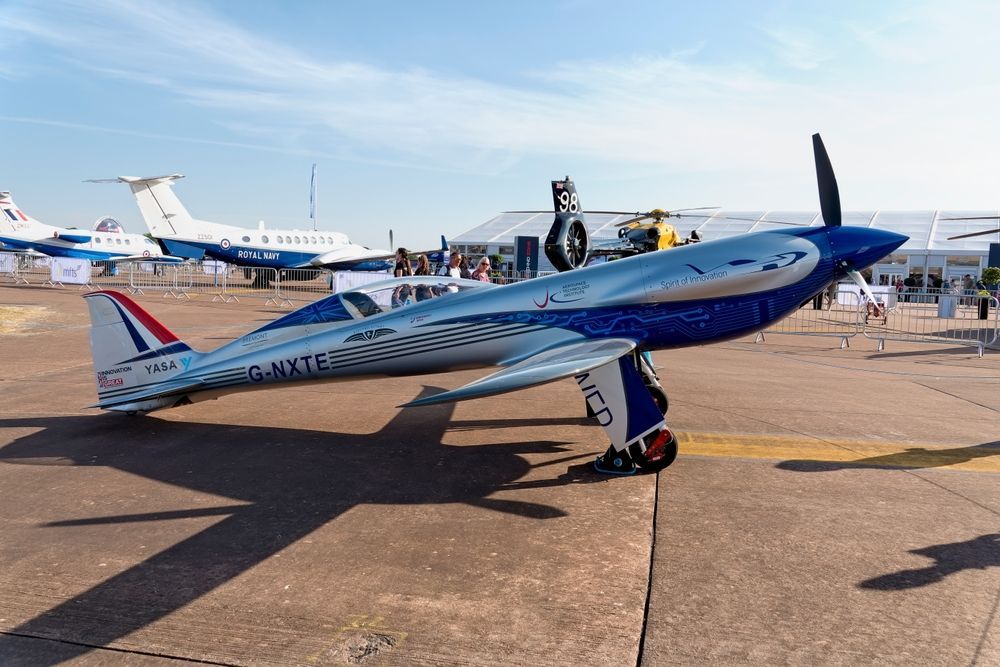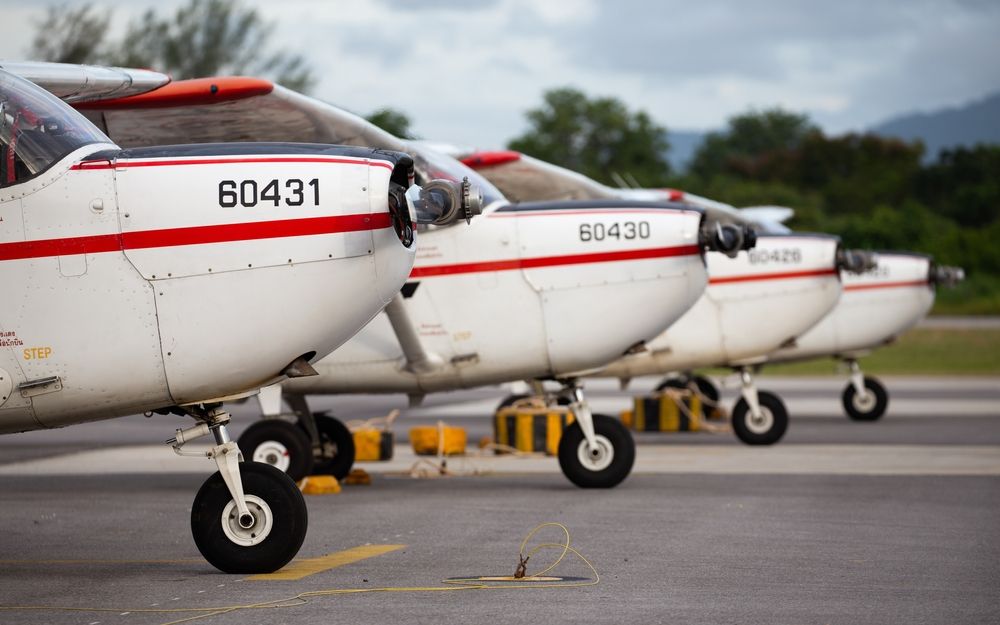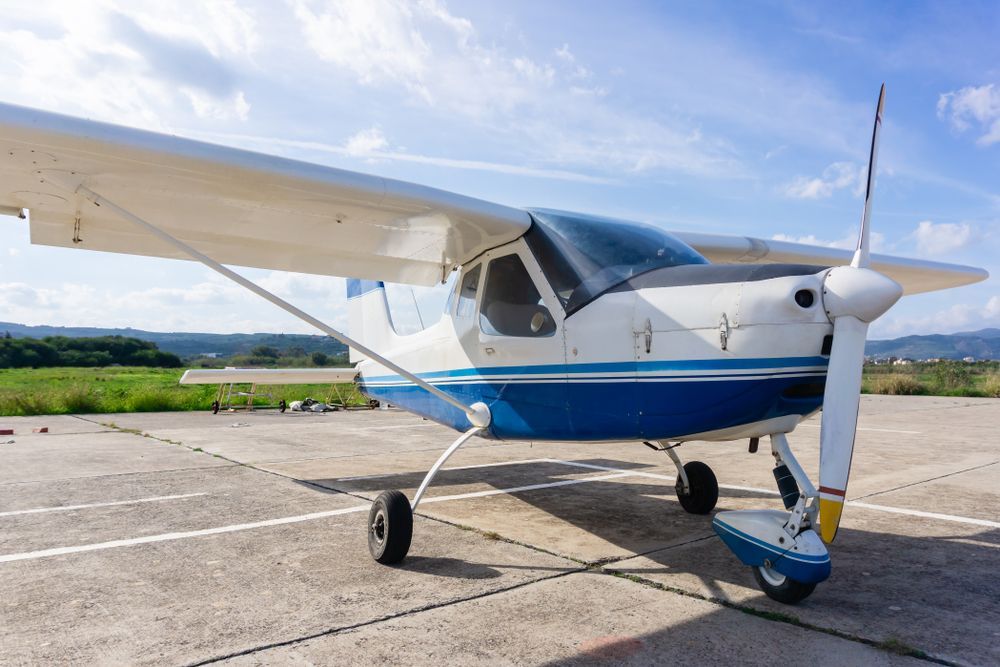Your flight bag is arguably your most important accessory, and keeping it well-organized means you will know exactly where things are when you need them. You could probably pull out what you need without even looking, and that’s how you know your flight bag is serving you well.
Rather than list exactly five items, the consensus is that there are really five categories of things you should carry with you, and often there are several items within each category. Top of your list, though, should be your pilot and medical certificates.
Tools and Parts
Which tools you choose to carry is a matter of personal preference, but there are a lot of different items in this category that experienced pilots will say they pack in their flight bag.
Those include: fuel tester, four-way screwdriver, pocketknife, multi-tool, extra oil, a kit with screws and washers, multi-purpose wrench, a rope for towing, ½” wrench for brakes, small pair of dykes, electrical tape, clear tape, a couple of spare spark plugs, zip ties, a small siphon, and a hose for smoke oil.
Of course, which of these you choose to bring along may differ from the next guy, but there are some standard items on the list that everyone will choose. They key is to organize your flight bag once you have chosen all your items so that not only do they all fit, but they are arranged in a way that makes sense to you, so you won’t have to waste time hunting for the item you need.
Survival Gear
When it comes to survival gear, you don’t want to skimp. Who wants to be the guy that says, “Shoot. I wish I’d brought a (flashlight, compass, personal locator, etc.).” Take a good look at what other pilots are packing, do your research, decide what will work best for your needs and the space you have, and don’t forget to pack them in your flight bag.
Common survival gear found in flight bags includes a flashlight, band-aids, microfiber towels, lighter, compass, commercially-made survivor kit, first-aid kit, emergency position indicating radio beacon (EPIRB).
Electronics/Mapping
Pilots 30 years ago had larger—and heavier—flight bags because they had to lug around a lot of paper. Today’s pilots can simply pack their electronic flight bag (EFB) and a host of other digital products and be not only lighter, but more secure…unless they forget a charger.
Items to consider packing in your flight back for this category include: Electronic flight bag (EFB), spare handheld two-way radio, digital logbook software, headset, extra headset batteries, external battery charger, cell phone charger, DC power adapter, kneeboard, pens, small notepad, the latest charts and maps, an airfield guide, video camera (i.e., GoPro HD), and an E6B flight computer.
As with other categories, some of these are a matter of personal preference, while others are obviously non-negotiable. Above all, don’t forget charging cords. A flight bag and its contents should be duplicates of anything you use at home so they can remain packed between flights without having to gather items every time. All you would need to remember is to make sure everything is fully charged and consumable items like batteries, food, and water are replaced as necessary.
Nourishment
When choosing your emergency snacks, consider protein bars and other commercially made and packaged goods that will not only last a while in your bag, but will also curb hunger for a while in case of an emergency. Also make sure to pack a fresh water bottle for every trip.
Personal Items
Personal items will vary widely from one pilot to the next, but here are some commonly chosen items: non-polarized sunglasses with a case, sanitary wipes, napkins, gum, hat and gloves, headphones, and a sleep mask for those inevitable long delays.
Let Us Help You!
If you need help finding some of the digital or technical items on this list, or if you are considering flight training in the Chicagoland area, give us a call at J.A. Air Center . We can help you find all that you are looking for.
J.A. Air Center – Aurora Municipal Airport (KARR) – 43W730 US Highway 30 – Sugar Grove, IL 60554
E-mail Us: info@jaair.com | Call Us! 800.323.5966
Website imagined and executed by RivalMind.




